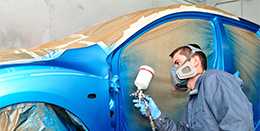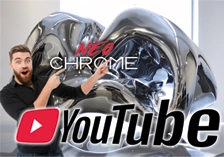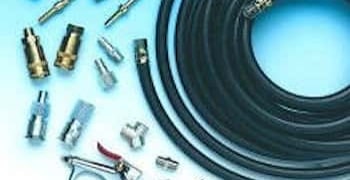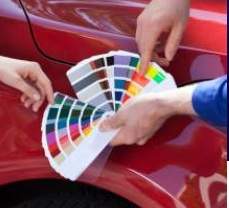 How are direct glossy paints applied ?
How are direct glossy paints applied ?
In the field of automotive paints, there are two main types of paint application : for those new to bodywork, this is called direct gloss paint. While the two-coat method involves 2 steps (base and varnish), applying a direct gloss paint requires only 1 step : that's why these two-component polyurethane paints are called "direct gloss".
These types of lacquers are polyurethane acrylics that work with a hardener, just like a paint. These are thick, shiny and resistant finishes, which today are used less and less on cars, and especially on trucks, buses and cars. It's not that they are less shiny and less beautiful, but they make it difficult to insert pearlescent or metallic effects.
Direct glossy paint application
Time savings, economy, ease of application : here are some of the advantages that these paints offer to body shops. These solvent-based paints allow you to mix all RAL or PANTONE shades, but also a large number of color codes for cars from the 1940s to 2010. The mixture is usually done with 100 parts of paint and 50 parts of hardener, and the application on a primed base, or even directly on the plate for some special paints.
In terms of technique, applying a direct gloss is comparable to painting. It is a dense and shiny product. It must shine and not rush! The body painter applies 2 coats of direct shine, with 10 minutes of drying between coats. The direct gloss varnish dries, stretches and hardens in less than 2 hours and completely in 24 hours.
 One-component direct glossy paints
One-component direct glossy paints
Yes, it exists and there are also a large number of them for the painting of structures or agricultural machinery, for example ... our good old nitrocellulose paints for those who knew them).
They were abandoned for modern 2-component acrylics, because they lacked resistance, especially to hydrocarbons.
Why can't we make a "direct glossy" metallic paint ?
Glitter paints based on mother-of-pearl and aluminum pigments cannot be formulated as direct gloss paint, for two reasons :
- First, the particles move, "slip or fall" during the very slow drying of paints. For this, instant-drying fine paints are used.
- And finally, because the thickness of the glossy lacquers does not allow an optimal (flat) positioning of the mother-of-pearl particles, which are placed somewhat in all directions in a thick layer.







